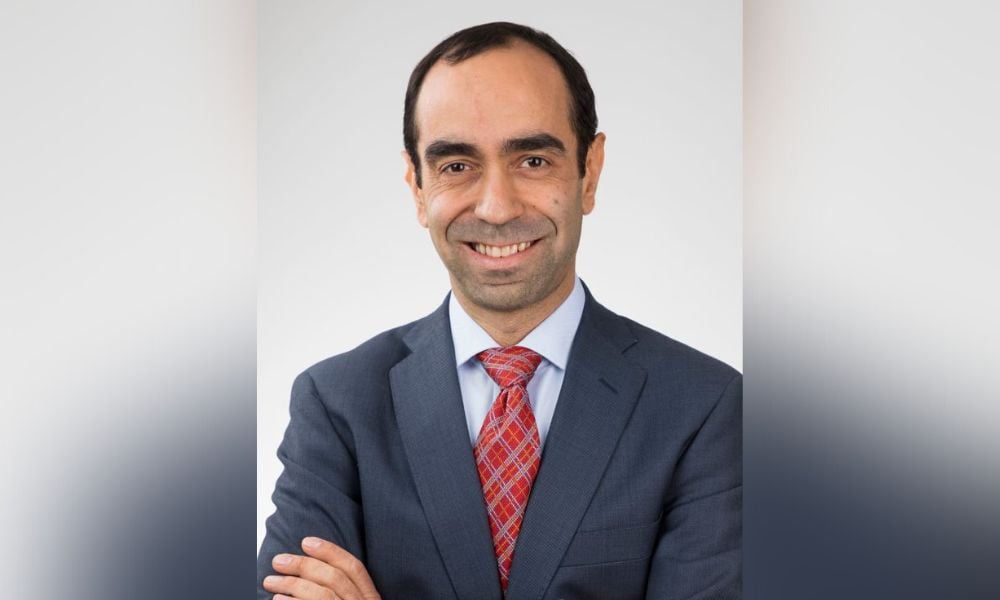More late pandemic risks are resurfacing, sending investors back into defensive mode, according to World Gold Council

Demand for gold rose significantly in the first quarter this year, rising on the back of strong investment flows in gold ETFs and increased investment in gold bar and coin demand in the U.S. and Europe, and it is expected to keep rising this year, according to the World Gold Council.
“Higher interest rates are likely going to create a happening for gold, especially in an environment where there’s a little uncertainty about what the Fed, and the central banks, are going to do,” Juan Carlos Artigas, the council’s Global Head of Research told Wealth Professional, noting there is concern about how they’ll curb inflation while avoiding a recession. “Higher nominal rates are generally a headwind for gold because they increase the opportunity cost of holding gold.”
He said investors have been surprised by persistent, high inflation, and the war in Ukraine, which have impacted the global economy and commodity prices, but resulted in some gold investment.
“Many exposures were bubbling up before the pandemic. They just took a backseat as the world focused on it. But, now, many of these risks are resurfacing, and I think investors are choosing where they want to put their dollars to ensure they have proper risk mitigating strategies and asset allocation.”
Artigas said the council saw a $50 billion gold ETF in-flow in 2020, but when sentiment started to improve in 2021, there was a $9 billion outflow, “which tells you that there’s a lot more strategic buying for the long-term.” In Q1 2022, there was another $12 billion in-flow.
“What’s interesting from our perspective is it has been consistently increasing for various reasons,” he said, noting many investors use high-quality assets, like gold to diversify, mitigate risk, and provide good long-term returns.
Artigas noted gold’s dual nature – as an investment, but also for jewellery and electronic consumption – allows it to capture some of the upside, when there is positive economic growth, which spurs on jewellery and electronics demand, but also protect the downside by providing a safe haven during periods of risk, and the Q1 results for 2022 show that mix.
During that time, The World Gold Council reported that, gold ETFs jumped 269 tonnes in Q1, recording their strongest quarterly inflows since Q3 2020.
Central banks more than doubled their buying from the previous quarter, adding 84 tonnes to global official gold reserves.
Gold bar and coin demand was down 20% from Q1 2021, due to renewed lockdowns in China and historically high local prices in Turkey, though investment was still 11% above its five-year quarterly average.
The technology sector reached its highest level of Q1 demand since 2018 – 82 tonnes – driven by a modest uptick in gold used. But, jewellery was down seven percent year-over-year, to 474 tonnes, due to softer demand in China and India.
Meanwhile the gold supply rose four percent year-over-year, lifted by strong mine production and resurgent recycling activity.
The US dollar gold price rose by eight percent. The average quarterly price of US $1,877.2/ounce was approximately five percent higher than in the first quarter of 2021.
Given the current global situation, Artigas recommended that advisors “look at gold as a strategic component in portfolios: not just as a tactical asset when the economic considerations are difficult, but as an effective diversifier as a source of returns.
“It’s a very liquid useful asset that can improve the performance or asset allocation over the long-term. So, our research strongly indicates that gold is an effective, strict strategic investment. It’s a long-term asset.”



